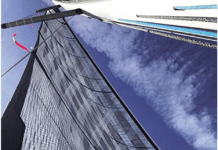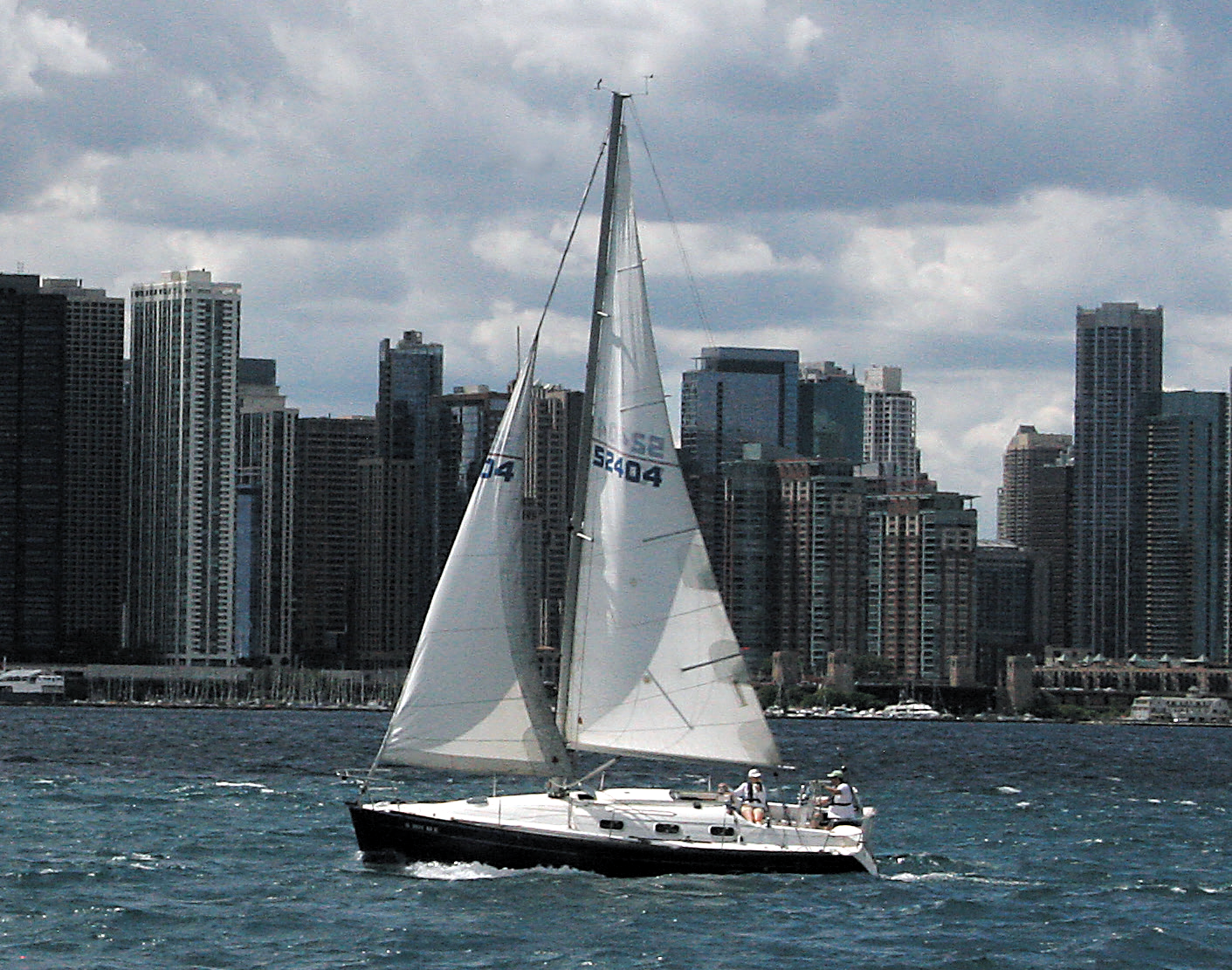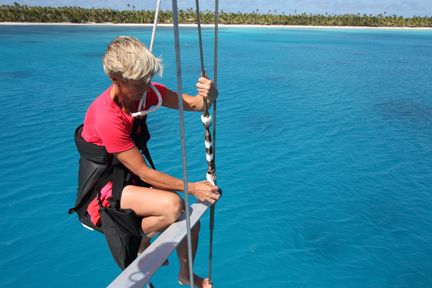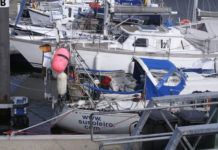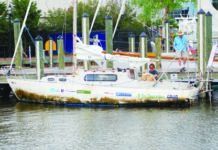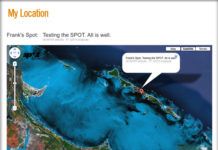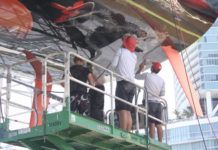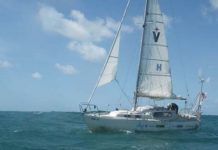Is an EPIRB Requirement on the Horizon?
Should boaters who travel more than three miles offshore in the U.S. or Great Lakes be required to carry a to carry an EPIRB, a personal locator beacon, some other form of emergency locator beacon? That is the question a National Boating Safety Advisory Council task force is asking as it formulates new safety recommendations for the U.S. Coast Guard.
U.S. Sailing Releases Report on Farallones Accident
It seems somehow appropriate that today, as I hopscotch among the islands of Irelands western coast, U.S. Sailing has released its final report on the fate of the crew of Low Speed Chase. The comprehensive report, available for download at the U.S. Sailing website, covers in great detail the factors that led to the deaths of five sailors on April 14 during the Full Crew Farallones Race out of San Francisco, Calif.
You Can Take It All With You! (Sort of)
Still trying to find a place to stow everything for that big summer cruise or that voyage south this autumn? You don't have to wind up like this sloop we came across in Ballycastle, Northern Ireland, with everything but the kitchen sink hanging from the stern arch. With so much sail area aft, the boat has effectively become a yawl a la Sanford and Son, a precarious rig for a passage to the Aran…
Public-Private Partnership Lifts New Leadership 44
Its not often that the sail-training program at the U.S. Coast Guard Academy in New London, Conn., incites envy among the midshipman at the U.S. Naval Academy in Annapolis, Md. Historically, the Coast Guard Academys sail training program has centered on the tall-ship Eagle, and its yacht sailing program has gotten the short shrift. For decades, the USCG academy has had a fleet of offshore yachts-five Luder yawls, built in 1963. These are the same lovely but…
Aegean SPOT Distress Signal Details Emerge
If you recently bought a SPOT Connect for its distress calling capability, or are looking at similar satellite messaging devices such as the SPOT Messenger, DeLorme InReach, or Briartek Cerberus, you'll want to read our upcoming story about the tragic April 28 accident involving the Hunter 376 Aegean during the Newport to Ensenada Race.
All Sailboats Great and Small
Each time I put together the lineup for an issue of Practical Sailor, I try to envision a sailing club with our subscribers boats, a sort of maritime menagerie. A few Lasers sit on dollies by the beach. The back lot is packed with older trailer-sailers like the Catalina 22 and San Juan 24. A stroll down the dock passes by wooden beauties like the Friendship sloop, classic pocket-cruisers like the Pearson Triton, and even a few luxury cruisers like the Oyster 61. A pier is dedicated to racing sailors fitting out C&Cs and J/Boats for the summer season. And, of course, several slips and a wide swath of the adjacent mooring field are occupied by 30- to 50-foot cruising boats-ranging from 30-year-old Tayana 37s to custom-built Chris White catamarans-gearing up for adventures great and small.
Incommunicado in the Satellite Age
There is something mildly annoying about receiving a semi-automated e-mail from a Practical Sailor tester hard at work in the Bahamas while I'm stuck in the office. Im not sure why I found these recent communiques so irksome. They were seemingly harmless notes from a friend, with the subject line Check-in/Ok message for Franks Spot."
Volvo Race Village Flops in Miami
Being raised on the shores of Biscayne Bay, I should have known better than to expect crowds of sailing fanatics to converge on Miami when the Volvo Ocean Race sailed into town last month. Still, I held faint hope. Now, as the race fleet closes in on the coast of Lisbon and the flurry of press releases begins anew, I'm reminded of my many disappointments in the Miami stopover.
San Fran ‘Stand-down’ = Government Meddling?
The Coast Guards request late last month that sailors stand-down and suspend any offshore racing outside San Francisco Bay in the wake of last months tragedy in the San Francisco Yacht Clubs Farallones Race rankled more than a few Bay area sailors. The response was not surprising. Critics decried the move as draconian, driven by overzealous safety mavens, an example virulent government intrusion, trampling of personal freedoms, etc. etc. etc. It is a…
Around the Americas in a 27-foot Sailboat
I recently read an essay that compared sailing to tennis, two sports that I enjoy, but are as different as they come. The writer implied that both sports are infected with a clubby sense of elitism, and while Im not so blind as to dismiss this as absolute nonsense, the comment irked me to no end. Some sailors might argue that theres a difference between racers and cruisers, but that would only perpetuate unfair stereotypes and misses the point. The distinction is much simpler: The sea is not a tennis court.













